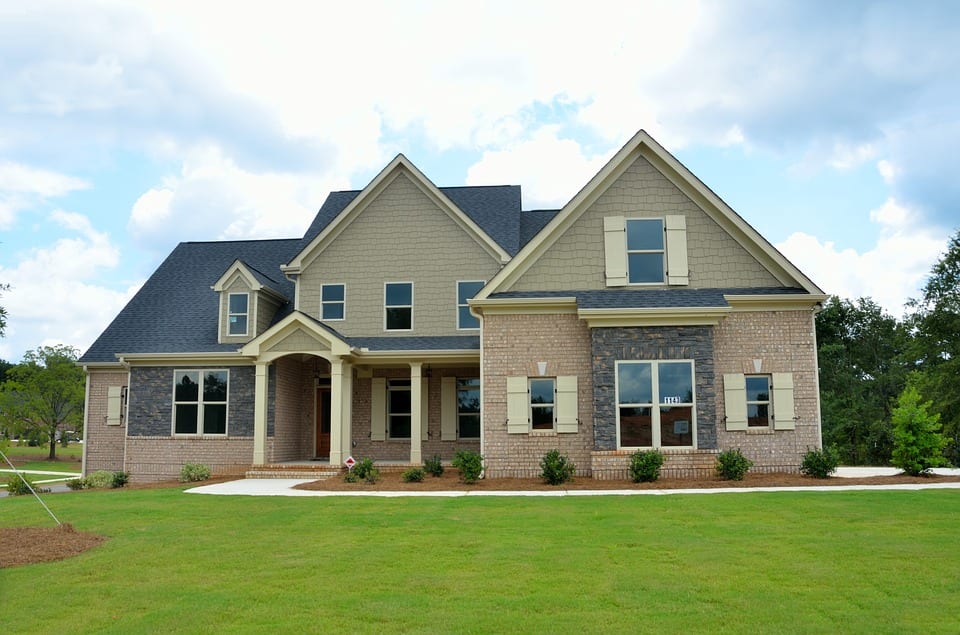Looking to save on your home energy bills, including electricity and heating & cooling costs? Here are a few top tips for home energy efficiency, plus a few additional tips to help you out more!
Install a programmable thermostat to save on cooling and heating costs.
You can save an average of $150 per year on heating and cooling costs by installing a programmable thermostat. The best kind is one that automatically turns off your system when you’re away and turns it on in time for you to arrive to a properly heated or cooled home.
When buying new appliances, look for the ENERGY STAR label on them.
The ENERGY STAR label is the U.S. government’s symbol of energy efficiency that you can find on many types of consumer products. You can save up to 30 percent on related energy costs using ENERGY STAR labeled products vs those that aren’t labeled
Turn off lights, appliances and other electronics when not in use.
Unplugging electronics and appliances when not in use can save a lot of money. This task can be made easier with the use of power strips that can turn off multiple items at once. Even a computer on twenty-four hours a day can cost about 20 cents a day or about $75 a year. Sometimes turning off or unplugging even the simplest devices can save you on energy bills in the long run.
Reduce Your Water Heater Temperature to 120° F to Save Energy
Save energy on heating water by reducing your water heater’s temperature to 120 degrees. You also want to invest in a specially-designed blanket that you can wrap around the water storage tank to retain more heat. As heating water accounts for as much as 25 percent of your home’s energy costs, you can greatly reduce this energy consumption with a lower water heater temperature. It also can save you the surprise of a surprise scalding.
Changing out traditional incandescent light bulbs for higher-efficiency ones
Energy-efficient halogen incandescents, CFL’s, and LED’s can use anywhere from 30 to 80 percent less energy over traditional incandescents. Consider that lighting typically uses about 10 percent of all home energy costs.
In particular, CFLs last longer, which also saves you money on replacements. Also with CFLs, only 10 to 15 percent of the electricity incandescent lights uses actually turns to light. The rest is turned into heat. This means you can actually, indirectly, save some money on your heating bills, as well.
Running Your Air Conditioning at 76-78°F Instead of the Typical 72°F
Running an A/C at 78°F instead of 72°F saves as much as 18 percent on your cooling bill. Also, keep the difference between the indoor and outdoor temperatures as small as possible. Setting your thermostat as high as comfortable during the summer months can save you a lot on energy.
One way to maximize comfort with a higher thermostat setting is to use ceiling fans. It’s been found that a ceiling fan can allow you to raise your thermostat setting by roughly 4 degrees without a reduction in comfort. However, be sure to turn the fan off when you leave the room, as they don’t actually cool the room.
Also, be sure not to place lamps or televisions near that room’s A/C thermostat. Otherwise, the A/C may keep running longer due to sensing heat from the appliances. The further you set these items apart, you can save more energy.
Here are a few other energy-saving tips that can improve your home’s energy efficiency:
- Washing clothes with cold water can save about $60 per year in energy bills.
- Using low-flow shower-heads & faucets saves on water
- Clean & change A/C and furnace filters on a regular basis. Dirty filters slow air flow, making the systems work harder than necessary.
- Close the blinds on the sunny side of your home in summer to keep out the hot sun. Then, open them in winter to bring in warmth.
- Properly insulating and sealing air leaks in your home can not only increase your home’s comfort, but save you up to 20 percent on heating & cooling costs.
- Use microwaves, toaster, or counter-top grill rather than an oven. These use less energy & release less excess heat that increases the room temperature.
- Properly placed trees around your home aren’t just good for aesthetics. They can actually save you up to $250 per year on heating and cooling costs.
- Have heating & cooling ducts regularly inspected for proper sealing and insulation. Many homes lose almost 20 percent of their heated and cooled air through their ducts to the outside.
Have any other home energy-efficiency tips? Share them with us!

